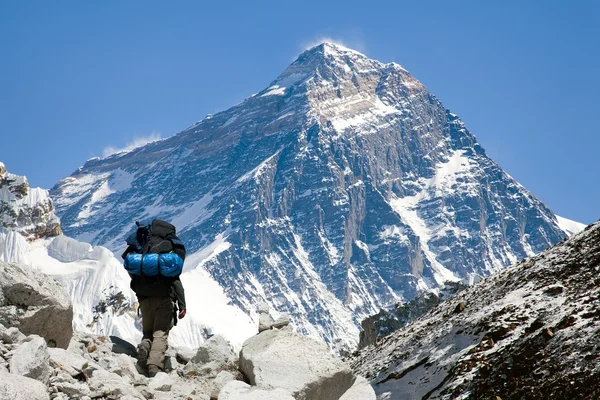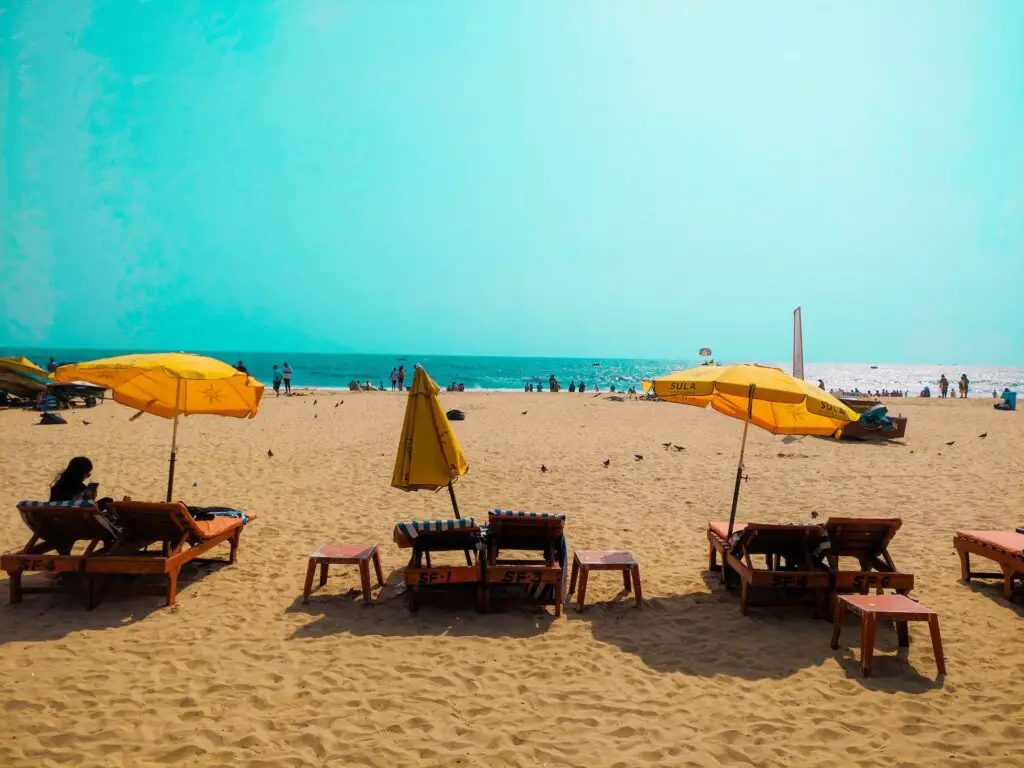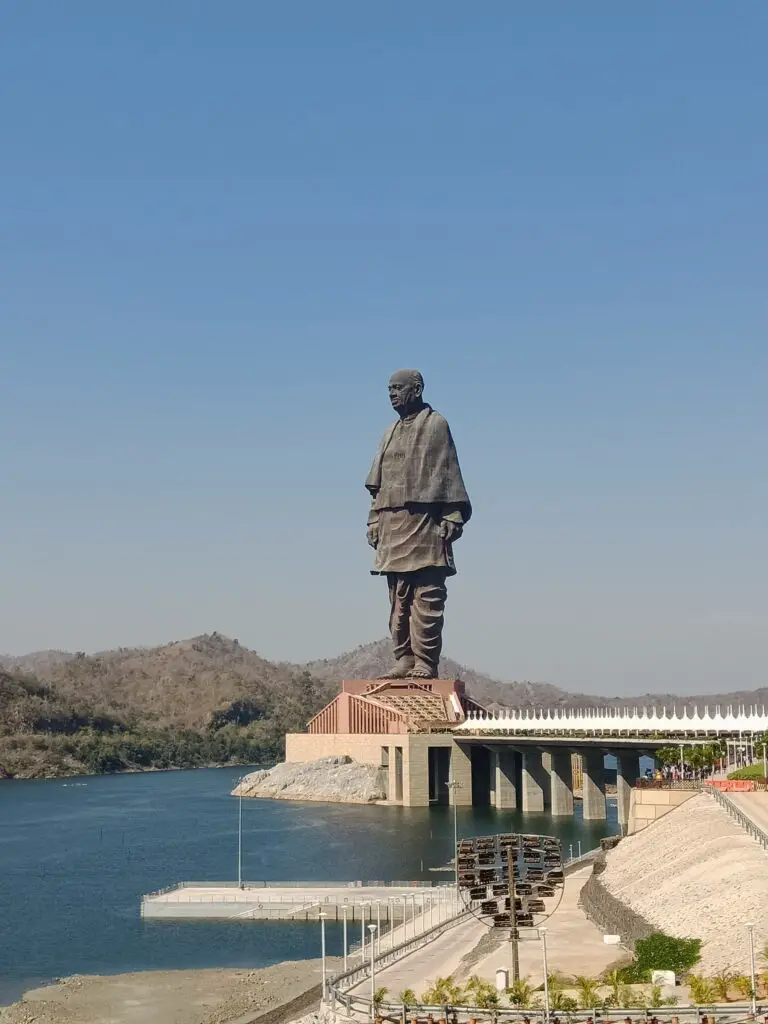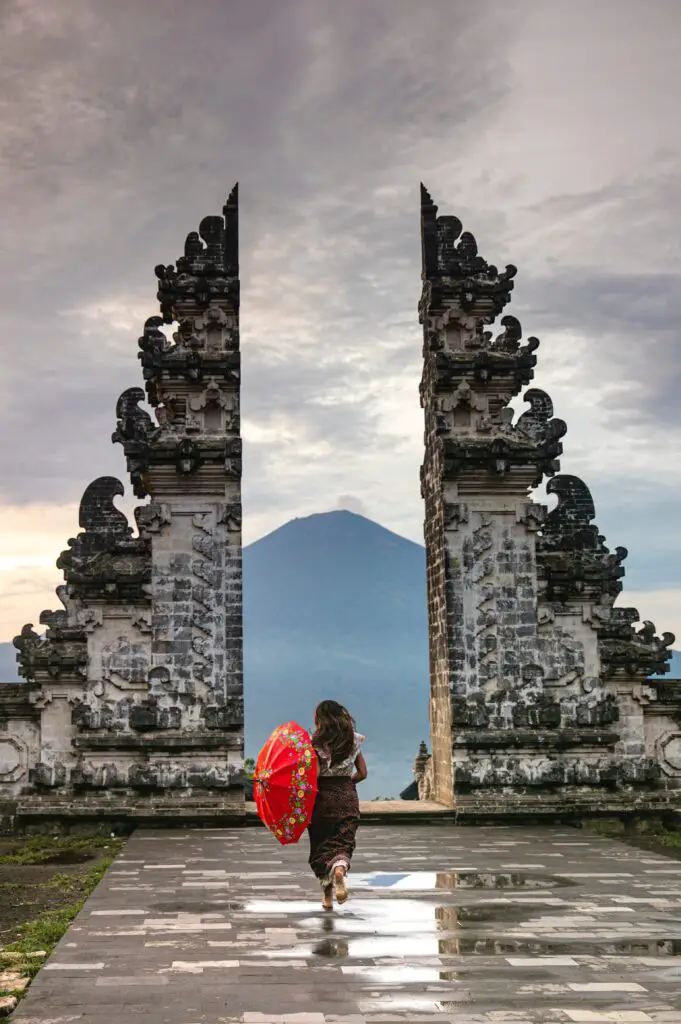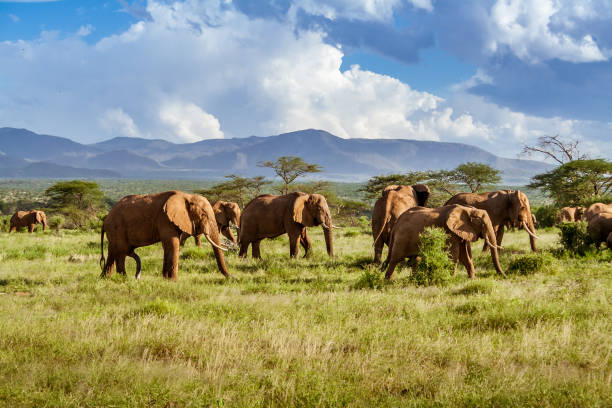
Kruger National Park is a South African national park located in Northeast of Mpumalanga and Limpopo. Considered as an Africa’s one of the largest game reserves, finest wildlife sanctuaries in the whole world. Kruger National Park covers 7,523 square miles (19,485 square kilometres) of total land area, where Safari or Segway tour are popular mode option to experience beauty of the park. Additionally you can explore Africa’s iconic wildlife, diverse ecosystems, and stunning landscapes.
Interestingly Kruger National Park and Ngala Private Game Reserve are both private reserves changed as a National park for the first time in the whole world. Kruger plays a vital role when it comes to conservation, education, and tourism attracting millions of tourists around the world. Lets dig more about this park;
Suggested Read: Kakadu National Park.
History of Kruger National Park
Kruger national park has a very decent history record which developed from time to time over a period of time. When we start its origin we found that park’s roots can be found around the 19th century. Paul Kruger, popularly known as a conservationist who was once a president of the South African Republic, shows the Sabie Game Reserve in 1898. His main goal is to protect the wildlife in the Lowveld region from massive hunting and poaching.
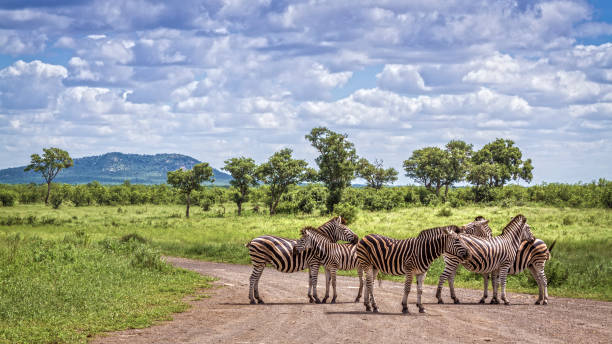
Kruger tried to expand its spam over a period of time, initially about 7,500 square kilometres (2,900 square miles) expanding its size in 1926, when it was officially called the Kruger National Park. As we said earlier national parks expand additional land area in order to focus much on conservational efforts. Despite of that, there are lot more conservational efforts are taken to sustain the national park legacy.
In 2002, the Kruger National Park as well as Gonarezhou National Park in Zimbabwe and Limpopo National Park in Mozambique known as Great Limpopo Trans frontier Park. Resulting to recognised by the UNESCO World Heritage Site title.
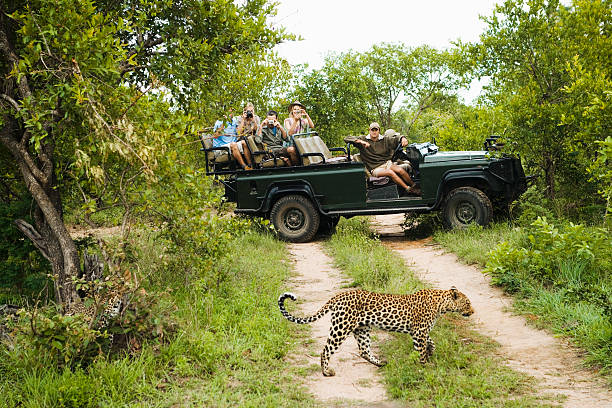
From recent periods, Kruger Park has tried to maintain its rich natural heritage, varieties of animal species and home of good collections of archaeological sites. This cultural evidence is a perfect witness of human existence dating back to 1,000 years ago. Evidence includes Rock art sites, iron-age settlements, and cultural artefacts are perfect insights of human history.
Top Attractions in Kruger National Park
Top 5 Attractions in Kruger National Park you must see and visit during your Kruger Journey.
1. The Big Five

Kruger National Park is known to the world one of its prosperous wildlife, normally called the Big Five. What is the Big 5?
- Lion (1,500 population)
- Elephant (12,000 population)
- Buffalo (2,500 population)
- Leopard, (1,000 population ) and
- Rhinoceros both white and black colour (5,000 population)
Naturally, these 5 Animals are Africa’s dangerous mammals to hunt. Its behaviour differs from animal to animal like Lions and Leopards are predators of a bunch. The Remaining 3 animals are spotted in groups, especially in densely thick forest regions. Taking a perfect Kruger Wild Safari could fulfil the chance to spot these magnificent Big Five Mammals in their natural habitat. Interestingly these Big 5 animals appear on South Africa’s currency.
2. Blyde River Canyon
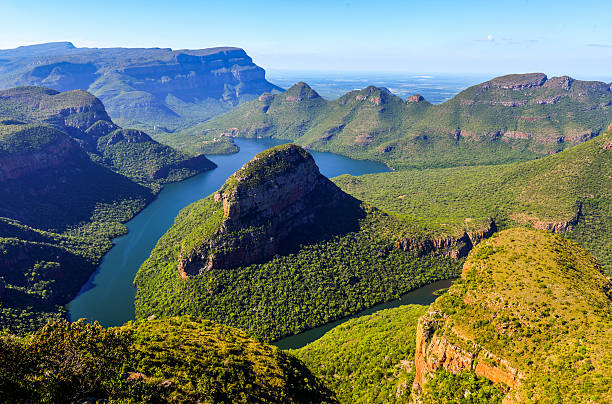
After the Grand Canyon of the USA and Fish River Canyon Namibia, Blyde River Canyon is the 3rd largest Canyon in the world. Keep in mind that, Blyder river canyon is not under the limit of the Kruger National Park, but one of the nearest locations to explore. Total 16 miles of area known for hiking, white water rafting and Kloofing. Horse riding, biking, air ballooning and boat ride in the Blyde River is more crucial aspects to enjoy the perfect views of such a great canyon. Impressive rock formations and beautiful waterfalls are more eye-catching one. Never miss the opportunity to feel the wind effect while hiking.
Have you heard about Patagonia Brand?
3. Olifants River Lookout Point

The Olifants River is simply called the “Elephant River”, nestled on a top cliff. Since it is in high cliff, the thie Olifants River Lookout Point provides panoramic views of the park and the Olifants River. The Olifans River started from the border of Mpumalanga and Limpopo, provides more enjoyable top spots for bird watching and sunset viewings to adventure seekers. Portuguese called this river as a “Mozambique”, since it flow through Mozambique’s Limpopo National park.
4. Letaba Elephant Museum

Perhaps its title help us to find the meaning of museum which always insist to focus on researching and learning more about elephants. Such a great place to learn about unknown insights, especially African Elephants. Letaba Elephant Museum Includes covers biology, behaviour, ecology and elephant evolutions. Apart from that, there are numerous collections of elephant anatomy and interesting facts about these majestic creatures. It is a place where spot fun as well as learning to those who are seeking school education, especially practical education. Museum is free to the general public, open from 8.00 to 16.00 throughout the year.
5. Wildlife in Kruger National Park

Apart from Big 5, numerous animals and wildlife are existed to explore within Kruger National Park. Witnessing 147 Species of Mammals, 114 sort of reptile species, 49 types of fish species, 51 unique collections of deadly snakes and 508 of bird’s collections. You are much fortunate to see some of the Wild dogs, Cheetahs, Jackal, Hyenas, African Wildcat, Honey Badgers, Wolf and Antelopes.
Best Time to Visit
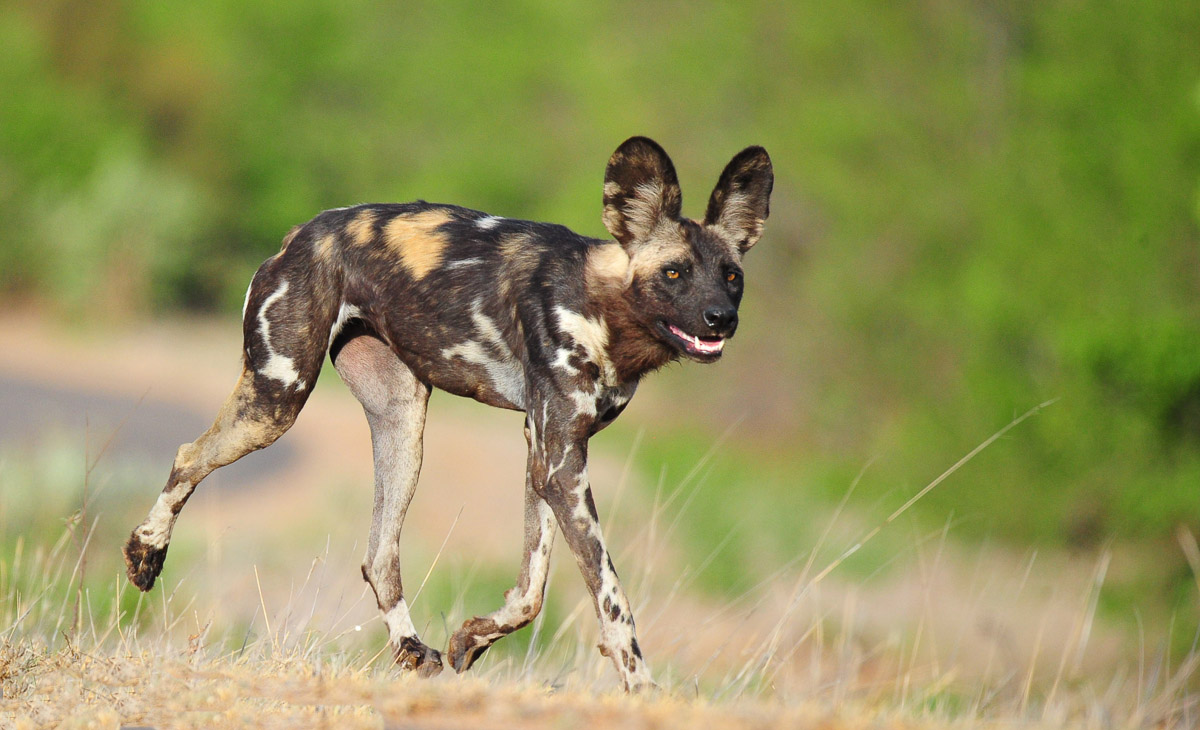
Undoubtedly Kruger National park is an all year round travel destination. Every season this national park holds something special to visitors. May to October months are considered as a wet season in Kruger, pleasant time and seasons to spot supportive wildlife safaris and game viewing.
During this period normally temperature is mild for animals those who seeking and searching for water sources. So, it is easy to spot more species and mammals.
Do you know Banff National Park?
How to Visit Kruger National Park
-
By Air
Book your air tickets to Johannesburg or Kruger Mpumalanga International airport. Mpumalanga International airport is just 40 km from the main entrance of the National park. These 2 are most recommended air routes to reach along with convenient.
If you are not comfortable above International airport you can also take East gate airport or Malelane regional airport. Please check well in advance whether flights are available to these 2 airports.
-
By Road

If you are a domestic traveller or love to long drive, you have 9 different ways to enter the main gate of Kruger National park. Numbi to Johannesburg (114 km) is the very nearest route. Other such as Phabeni, Crocodile bridge, Paul Kruger, Orpen, Punda Maria and Parfuri are famous routes to enter this national park.
Entrance Fees
| Types of Travellers | Children’s (2-11 Years of age group) | Adults |
| South African Residents / domestic tourists | R 5 (South African Rand) | R 116 |
| Foreigners | R 243 | R 486 |
| South African Development Community Citizen (SADC) | R 122 | R 243 |
Keep in mind that, every year Kruger National Park offers “Entry Free Week” to South African tourists. Click here to know it’s upcoming offers.
Camps in Kruger National Park
Kruger National Park is place of heaven for Campers and good numbers of campgrounds. Kruger National Park Guide help us to find number of accommodation options, huts, and safari cottages. Normally these Camps has a great varieties of cooking rooms and pools.
1. Skukuza Rest Camp

If you are looking for something big while camping, Skukuza would be your choice. Considered as the largest rest camp in the park and operating as an administrative base. Total capacity of 1,000 visitors in a single night, with the inclusions of accommodations, cottages and safaris. Perfect family friendly holidays due to its amenities like restaurants, a museum, wildlife viewing points, and a golf course. If you are not satisfied with the above facilities, it is also labelled for filling stations, post office, and even some shops for basic travel items.
2. Lower Sabie Rest Camp

A simple rest camp is located on the banks of the Sabie River, a most authentic water source. Lower Sabie Rest camp is not only known for picturesque settings and excellent wildlife sightings, it also got good recognition from its perfect base camp to explore wildlife too. Undoubtedly, a great place for relaxation and rejuvenation along with providing stunning sunset views desks (Marulas, Natal Mahoganies and Sycamore figs).
3. Punda Maria Rest Camp
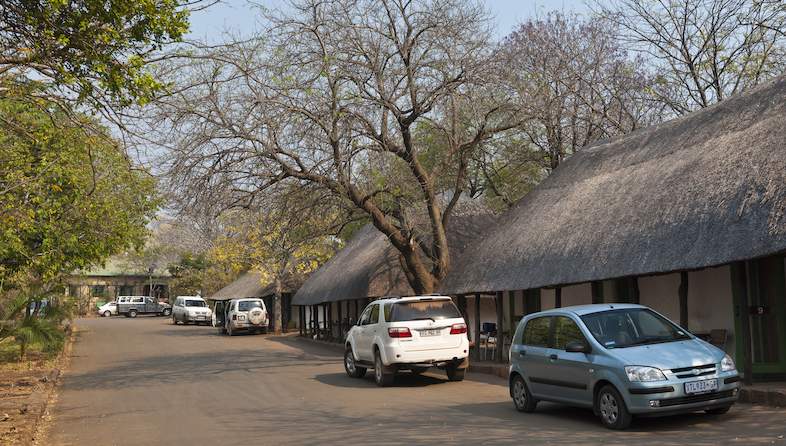
Simply looking outside the Kruger national park’s dense crowd and trying to feel local village ambiences, then Punda Maria Rest Camp is for you. Located in the far north of the park, in the remote area of Punda Maria. Started during 1919, with unique atmosphere, beautiful baobab trees and diverse birdlife, built according to the olden Kruger Saar Camp. No such location like Punda Maria rest camp to spot birdwatching and those seeking a more secluded experience like diverse vegetation and botanical gardens.
4. Satara Rest Camp
Located in the heart of the national park, in the middle of a straight plain of Savannah trees. Known as one of the largest rest camps in Kruger, it is always busy due to its location, green area coverage and open space to explore diverse animals and species. Its interesting facts is, built in a series of wooden circles and gardens with eye-catching birdlife. Lions, Giraffes, Red billed buffalo and Blue wildebeest are common animals that are available to see in nearby this camp.
5. Orpen Rest Camp
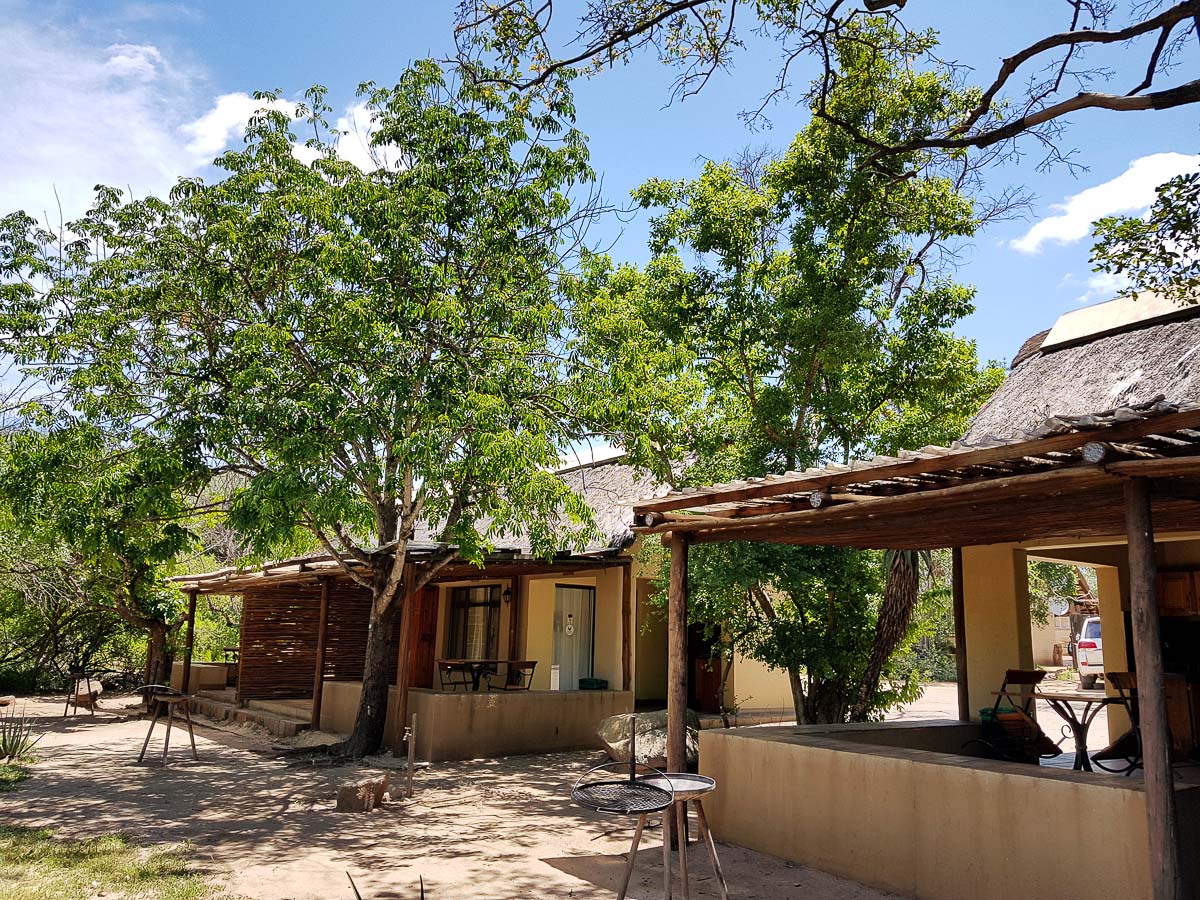
If you are a Solo Travellers or Couples looking for smaller camps, Orpen Rest Camps situated nearby the central part of the Kruger National Park. Inside the camp, you will notice 3 big and luxurious guest cottages, up to the capacity of 6 people. “15 thatched cottage” is a more famous one, with 2 beds facilities each. Additionally you are fortunate to enjoy Grocery shops, a small waterhole, and a principle access point.
Suggested Read; Do I Really Need a Travel Insurance?


